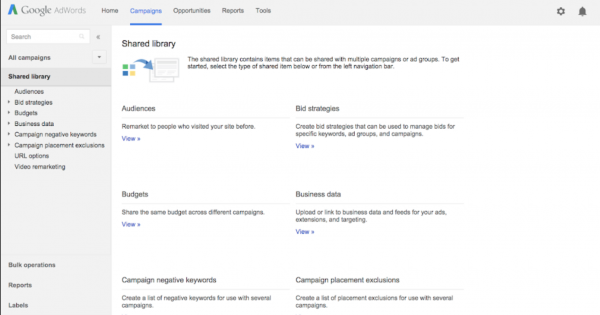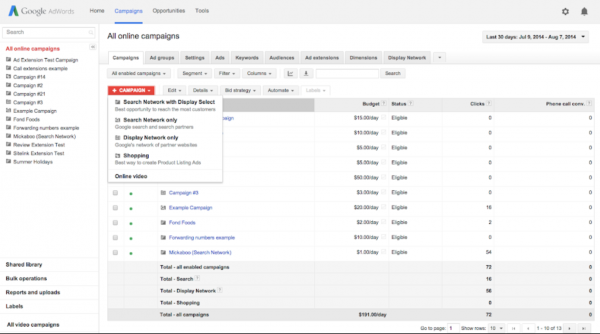
What is remarketing? A broad definition of remarketing refers to activities, including retargeting, that seek to recapture attention and information from known leads or previous website visitors.
Some remarketing strategies include launching paid advertisements to existing leads or to visitors who have browsed your website but have not yet provided contact information. However, there is a broader definition of remarketing that is catching on in the B2B world.
Remarketing can also include these tactics:
But the goal of remarketing is always the same: To re-engage people who have already shown interest in your brand.

Remarketing works in several ways. In one common instance, you paste a remarketing pixel, or a bit of code, on your website and then collect information automatically via browser cookies. This information is used to build audiences on advertising platforms like LinkedIn, Google Ads, Facebook, and more. (Each platform has its own pixel you must add to your code.)
With these audiences, you can send targeted advertising relating to what the audience has already engaged with — content, sometimes in the form of display ads, video ads, or text ads. Depending on how you configure them, these ads can show up in search queries or across the web. This strategy is often known as retargeting.

But it’s also considered remarketing to follow up with a collected list of email addresses. If you have a big enough email list of contacts, you can upload them to platforms like LinkedIn or Google Ads. (Your account must be prior approved for using the uploaded contact lists feature with Google Ads and have a certain spending volume prior.) Then you can send targeted ads only to these people. This is incredibly useful to narrow your focus and get the most direct ROI from your ad spend.
Or, you can send targeted email marketing drip campaigns that encourage follow-up actions. These emails gradually nurture known leads toward becoming a sales opportunity. This is often done with an email-enabled tool like HubSpot, which lets you send campaigns to targeted lists in your CRM platform.
Read more: Remarketing vs Retargeting: Defining a Strategy for B2B Lead Conversion
What’s the strategic advantage of remarketing?
"65% of businesses say generating traffic and leads is their biggest marketing challenge." - Hubspot
Therefore it makes a lot of sense for many businesses to take advantage of their current lead pools and nurture them toward sales completion. The B2B sales cycle is long — it is commonly from 3-9 months, but even longer at times for larger sales.
And with a digital conversion pathway, many leads will not return to your sales cycle or website of their own accord. In fact, according to Forbes, B2B customers today progress more than 70% of the way through the decision-making process before ever engaging a sales representative.
Therefore companies need to actively “remarket” to leads in other channels, often via email or advertising a la display, search, or video. This will keep leads engaged as they do research and exploration elsewhere and encourage them to reconvert with your content marketing.
The most successful remarketing campaigns include a clear follow-up action that is relevant to the audience’s place in the purchase funnel.
A broad definition of remarketing includes both retargeting ads and reaching out to known leads’ in offsite ways like email marketing and social media.
The goal of remarketing is to engage people who have already shown some interest in your brand, which saves you money from generating brand new leads and website traffic all the time. Remarketing works by either collecting audiences with a retargeting pixel or using email lists of your existing contacts. And the best campaigns are tightly targeted.
Sources
HubSpot, “Marketing Statistics” blog post
Forbes, citing DemandGen’s “2017 B2B Buyer’s Survey Report”
by Jonathan Franchell, CEO of Ironpaper - For more tips and hacks: Need to remove a new line after h1 tags? Both web designers and SEO practitioners need to employ headline tags: H1, H2, H3 in several ways to improve web page structure and tag...

The Crowded Arena of the IT Marketplace Updated December 2024 The Information Technology (IT) landscape is experiencing rapid growth and intensifying competition. IT spending is projected to reach nearly 5.1 trillion U.S. dollars in 2024, a...

Updated December, 2024 The field of digital marketing is evolving rapidly in response to new technology and changing buyer expectations. To help career-minded marketers, we’ve rounded up the top 10 skills needed to succeed in the field. These are...

The marketing industry is transforming significantly due to generative AI and increasing market complexity. Gartner's prediction of a 25% decline in traditional search traffic suggests that the era of search engines is dying. AI tools, particularly...
